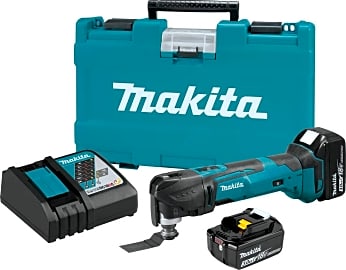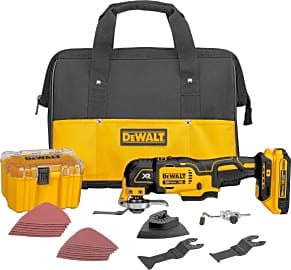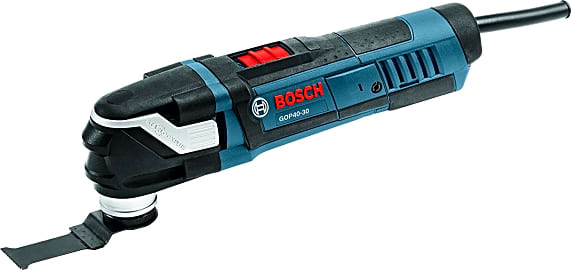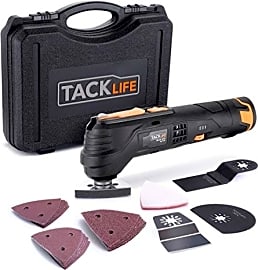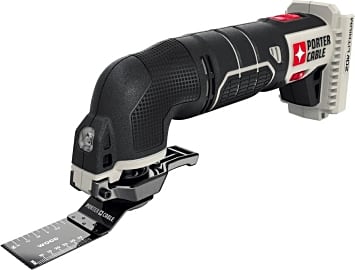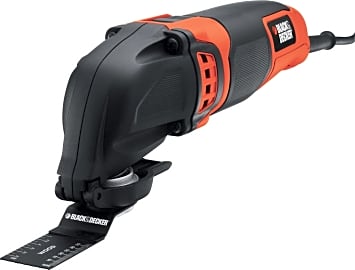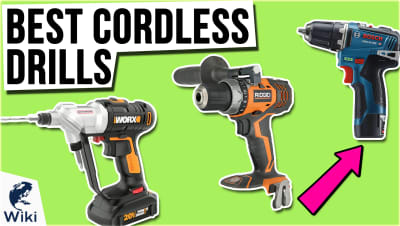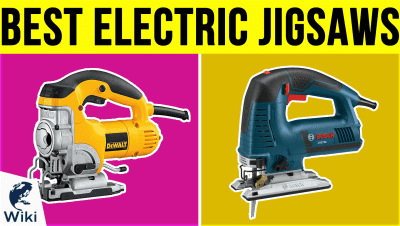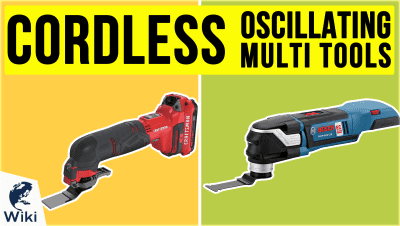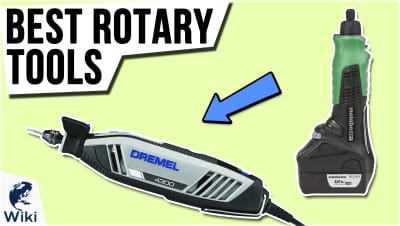The 10 Best Oscillating Tools

This wiki has been updated 47 times since it was first published in March of 2015. If you need a high-quality oscillating tool, then look no further than the handy and versatile selections on this list. They can perform a wide variety of tasks, including cutting drywall, removing tile and linoleum flooring, stripping paint from different surfaces, and trimming cabinets, and are available with features suitable for professional contractors and home DIYers. When users buy our independently chosen editorial selections, we may earn commissions to help fund the Wiki.
Editor's Notes
July 30, 2020:
Removed the Porter-Cable PCE605K52 in favor of the Dremel MM50-01. Removed the corded Makita TM3010CX1 in favor of the cordless Makita XMT035.
Oscillating tools are great for many things. They can be the most convenient tool for plunge cutting things like door jambs for fitting flooring, opening holes in drywall for various purposes, and cutting hidden nails when disassembling something. Even though most of them come with sander attachments, you'll definitely want to get a dedicated random orbit sander for most things as the oscillating action is not particularly good for sanding and certainly not for finish sanding. When choosing a model, keep in mind that their blades are often not interchangeable with the blades of other manufacturers and so original blade availability may be limited by your location.
We tried to provide a good mix of corded and cordless models although we did replace the Makita TM3010CX1 with the XMT035 because we felt that the 18-volt battery platform is good enough to outweigh the benefits of having a cord. It comes with two batteries that each charge in 25-35 minutes so there's really no worry that your work will stall because of charging times.
April 08, 2019:
While we do note that it’s not ideal for daily use by a contractor, we decided to give the Black & Decker BD200MTB a modest bump in the rankings as it’s clearly a quality model that a homeowner can pick up at an affordable price. Non-professionals have expressed a high level of satisfaction, even for demanding, in-depth jobs like full home renovations.
The Porter-Cable PCE605K52 is a serviceable value model, but we noticed a few complaints that it tends to get hot while in operation and generates quite a bit of noise and vibration, so we dropped its ranking a bit.
Removed the Rockwell RK2863K from the list due to a lack of availability, and we also eliminated the Festool OS 400, which was an outdated model. There is a newer version available, but information was hard to come by for that model, so we went in a different direction.
Added the Tacklife Multi-Tool to provide a super-affordable cordless option. It won’t blow anyone away with its power, but users should appreciate its versatility and ease of use. Also added the Milwaukee 2626-20, which, while also cordless, is suitable for more heavy-duty applications. Users note its ability to cut or grind through both wood and metal without binding up or overheating.
All About Oscillating Tools
Until 2008, when their patent finally expired, Fien completely controlled the oscillating tool market.
Oscillating tools are one of the most versatile power tools one can add to their toolbox. If fact, they are more commonly referred to as multi-tools because of their ability to handle such a wide range of jobs. An oscillating tool can remove grout, sand, cut, grind, flush-cut, plunge-cut, polish and more. As an added benefit, they can do all of these things in extremely tight spaces because of their compact body and minimal range of motion.
The first oscillating tool was patented by Fein in 1967. Its main use was in orthopedics for cutting through plaster casts. It was found that the oscillating rotation was less damaging to a patient's skin. In the early 1980s, Fein developed the Multimaster, which was designed for construction use. Until 2008, when their patent finally expired, Fien completely controlled the oscillating tool market. At this time a number of other well-known tool companies, such as Bosche, Dremel, and DeWALT entered the market with their own versions.
Oscillating tools work via thousands of minute side-to-side movements in fast repetition, somewhere in the range of 20,000 strokes per minute. These side-to-side movements are only about 3 degrees, which makes them very easy to control. In the hand it feels as if it has a vibrating motion and has almost no potential for kickback.
Any number of attachments can be affixed to an oscillating tool, including saw blades, sanding pads, and grinding discs. Unfortunately there is no standard interface for oscillating tool attachments, which means you can rarely use the sanding pad of one manufacturer with the tool of another. Most attachments are secured by loosening or tightening a bolt with an Allen wrench, but some manufacturers such as Festool and Rockwell have devised tool free attachment systems.
Features To Consider When Looking For The Best Oscillating Tool
When comparing any kind of power tool, one of the first specifications to look at is the amperes and volts. These numbers tell you how powerful the tool is. The higher the measurements, the more powerful the tool. The more powerful a tool is, the tougher the jobs it can handle without bogging down. If performance is your top priority, a corded model will often be the best choice, but if you don't mind having a slightly less powerful tool, the convenience of a cordless model is unmatched.
This will allow one to use accessories from nearly any other brand with their tool.
Another thing to look at is the oscillations per minute, or OPM. The OPM refers to the speed at which an oscillating tool operates. This number is important because some attachments require oscillations of a certain speed to be effective. Other attachments may not be safe to operate over certain speeds. To combat this issue, some models offer a speed adjustment dial. This can also be especially useful when performing fine detail work.
One should heavily weigh the size and weight of an oscillating tool when making their purchase decision. Oscillating tools are often used in tight corners or unusual positions where traditional tools cannot operate. Buying a lightweight and compact model makes it easier to perform these types of jobs. Some models feature a headlight which shines down onto the work surface, which can also be beneficial when trying to reach under cabinets or work in other areas where light is limited.
Many models allow for tool-free accessory changes, which can be especially handy as one does not have to worry about having an Allen wrench on hand at all times. As mentioned previously, the majority of oscillating tools do not work with attachments from other brands, but some models do come with a universal adapter. This will allow one to use accessories from nearly any other brand with their tool.
Tips For Using An Oscillating Tool
Unlike power saws, oscillating tools should not be used by just applying steady pressure to a specific area. The best way to use an oscillating tool is to gently move the tool from side to side with uniform pressure. Not only will using one in this manner make it more efficient, it will also help preserve the life of your tool's motor. This technique applies to both sanding and cutting. If too much, or uneven, pressure is used when sanding, the pad will wear down quicker, making sanding less efficient. There are also other techniques that make sanding wood more efficient. For scraping, sanding, and cutting, a high oscillation rate is usually best.
Before using an oscillation tool to cut through any material, it should be inspected for nails, screws, or any other foreign object.
An oscillating tool should only be used for plunge cuts in soft materials, such as plasterboard and wood. When trying to make a plunge cut in harder materials, one should use a drill to bore the initial hole and then make the cut with a jigsaw.
Before using an oscillation tool to cut through any material, it should be inspected for nails, screws, or any other foreign object. If any are found, one should ensure they are using an attachment that is capable of cutting through that type of material otherwise they run the risk of ruining their attachment. If you are unsure if there are any foreign objects in the material being worked, it is best to assume there are and use an attachment capable of handling it.


